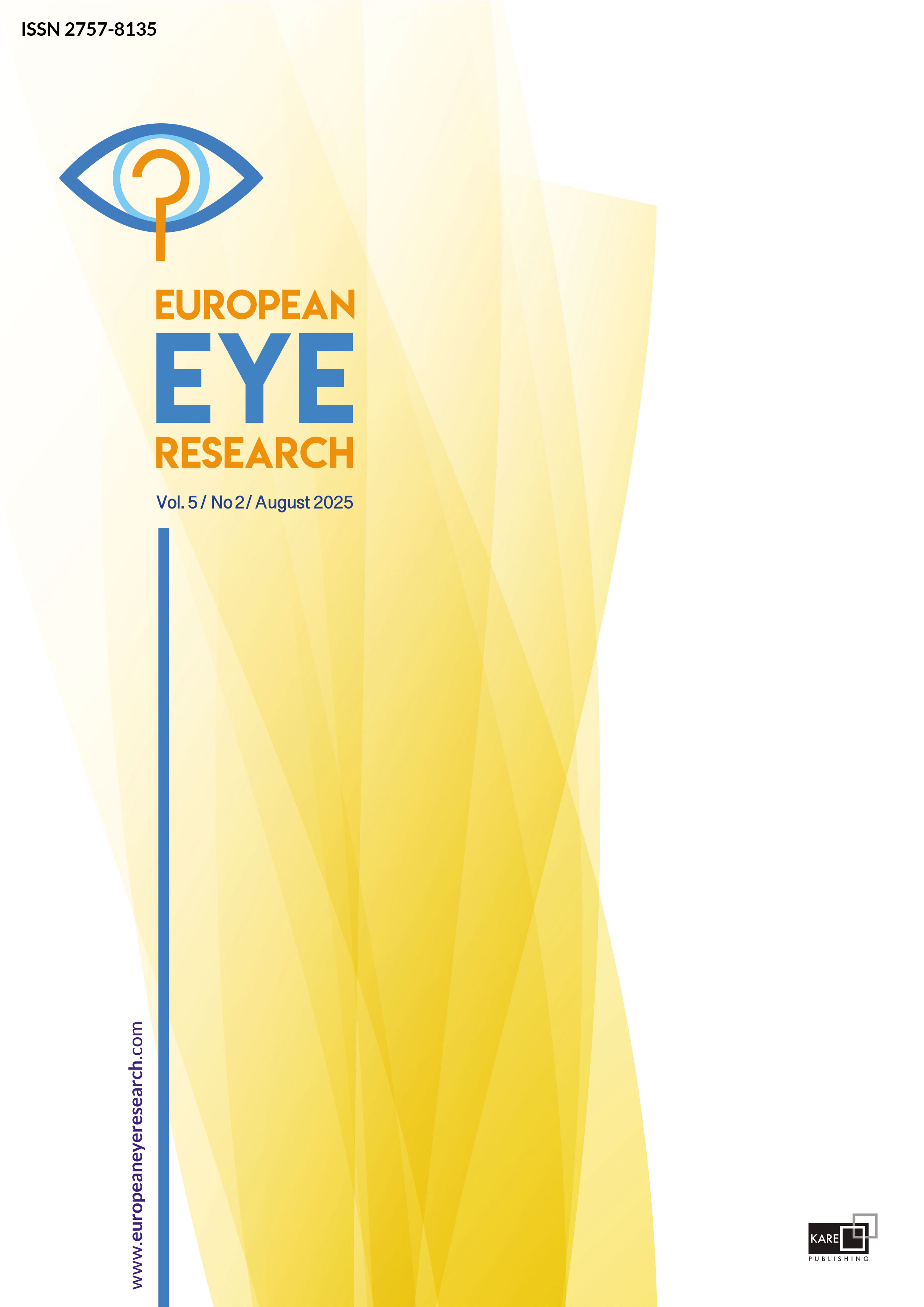

Clinical results of botulinum toxin-a injection into the lacrimal gland in the treatment of chronic epiphora
Burak Ulas1, Altan Atakan Ozcan1, Cansu Gedik1, Mert Guleryuz1, Hulya Binokay21Department of Ophthalmology, Cukurova University Faculty of Medicine, Adana, Türkiye2Department of Biostatistics, Cukurova University Faculty of Medicine, Adana, Türkiye
PURPOSE: To evaluate the clinical efficacy of botulinum toxin-A (BoNT/A) injection into the lacrimal gland for the treatment of functional and non-functional epiphora.
METHODS: Twenty eyes of 10 patients who underwent transconjunctival application of 5 units (IU) BoNT/A (Botox®) to the palpebral part of the lacrimal gland were included. Demographic information, ophthalmological examinations (Schirmer test, tear break-up time, Munk score for ocular surface and tear dynamics), and a quality-of-life questionnaire of the patients were evaluated retrospectively before the application and at the 1st, 3rd, and 6th months after the injection.
RESULTS: The study included 10 patients, all female, with a mean age of 61.5 years (range 54–69). Schirmer tests, T-BUT values, Munk score, and quality-of-life questionnaire scores were shown to be significantly decreased in the 1st and 3rd months (p<0.001). However, in the 6th-month measurements, it was observed that the Schirmer test, Munk score values, and quality-of-life questionnaire results returned to their pre-injection values.
CONCLUSION: In the treatment of chronic epiphora, botulinum toxin-A injection into the lacrimal gland may be one of the ways to relieve patients' complaints. The temporary effect of botulinum toxin and the fact that the clinical findings of the patients returned to their previous state at the sixth month in the present study indicated that repeat injections may be needed.
Manuscript Language: English



